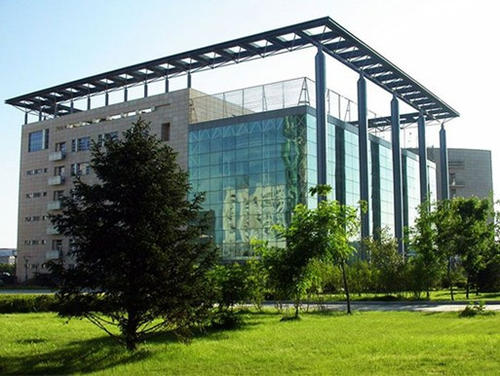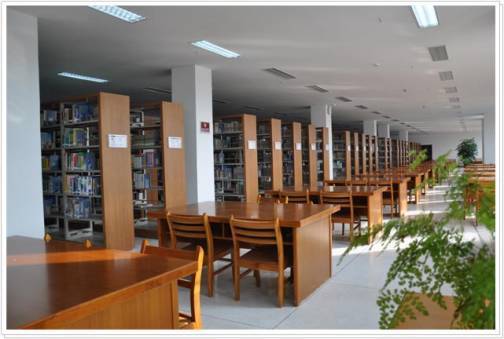Jilin University library began as the Library of Northeast Public Administration Institute in 1946. It merged with Harbin University library in 1948. In 1952, it was renamed as the Northeast People's University library. Then in 1958, it was called Jilin University Library. In June 2000, authorized by the Ministry of Education, the new Jilin University was founded on the basis of the former Jilin University, Jilin University of Technology, Norman Bethune Medical University, Chang Chun University of Science and Technology and Chang Chun Telegraph Institute. Subsequently, the libraries of the five universities merged into Jilin University library, five branches included: the Central library, the Technology library, the Medical library, the Geosciences' library and the Information library. In 2004, the former Liberation Army Military Supplies University was also emerged into Jilin University. Though the administrative system of Agriculture Department at LAMSU is quite different from that of Jilin University, the close interrelationship and cooperation has been set up.

After reorganization, the comprehensive capability of Jilin University library has been greatly strengthened. It has floor space about 97629 square meters. Currently there are 383 staffs, including 1 professor, 7 librarians, 56 associate librarians, 167 assistant librarians. Of all the staffs, there are 24 master and doctoral candidates and 296 professionals. 208 staffs awarded bachelor’s degree account for 54.3%. After many years' constructing, library has established a multiple and comprehensive bibliographic resources system whose main body is humanities, social science, engineering science, medicine, geological science and information science. Collections include 12 branches of learning, ranging from philosophy, economics, law, education, literature, history, science, engineering, medicine, management, agriculture to military. Now collections totaled 6.9 million volumes (July 2006 deadline). After half a century's accumulation, library has got a collection of 400,000 ancient books, including 6000 rare books. The collections of local chronicles, official dispatches and ancient characters and documents come out top of academic libraries in china. These priceless document resources, together with Asia repository and Manchuria Railway materials have become valuable characteristics. In recent years, library focuses on the development of the digital resources of literature and has purchased the access rights of using 40 bibliographic databases, including the web of science and the EI.
After the integration of the universities, our library has achieved leapfrog development in automation, network and digital conditions. Based on the basic framework of the modern university library, we set the automated system of the new library. Thus, we achieve the unity of the management software of the five campus libraries and make it possible that the five campuses can share resources. We provide full-circulation and open services. Now, our library realizes the network environment of 10G core switches, Gigabit aggregation layer switches, 100-megahertz desktop. Based on the campus network we realize a large-scale user visits and, in a year,, we can provide 24/7 access services.

Jilin University Library is the center of CALIS in the Northeast China, the base of CALIS digital library, the member of CADAL, the center of CASHL in the Northeast China, the Humanities and Social Science Center introduced by the Ministry of Education, the center of original chemistry textbooks utilization under the control of the Ministry of Education and the workstation on the novelty searching for Sci-Tech.
Our library has always attached importance to the Inter-library academic exchanges, constantly strengthens friendly exchanges with foreign institutions, and scientific research units and builds contacts and has interlibrary loans with more than 130 foreign business units.
Jilin University Library is striding toward the goal of comprehensive, research-oriented, and open-type university library.
We also have another library of Economics School especially.


